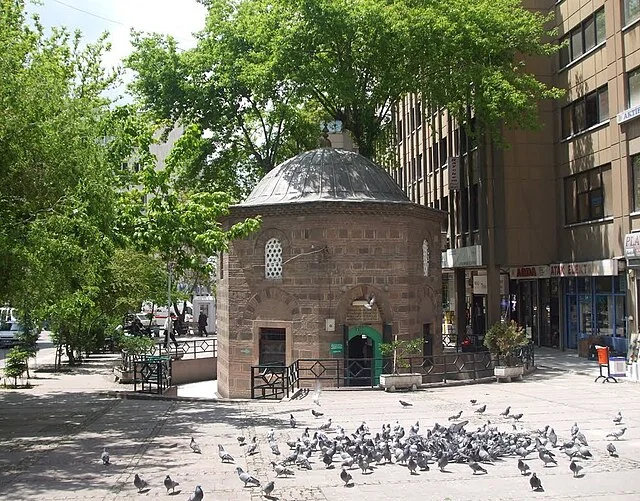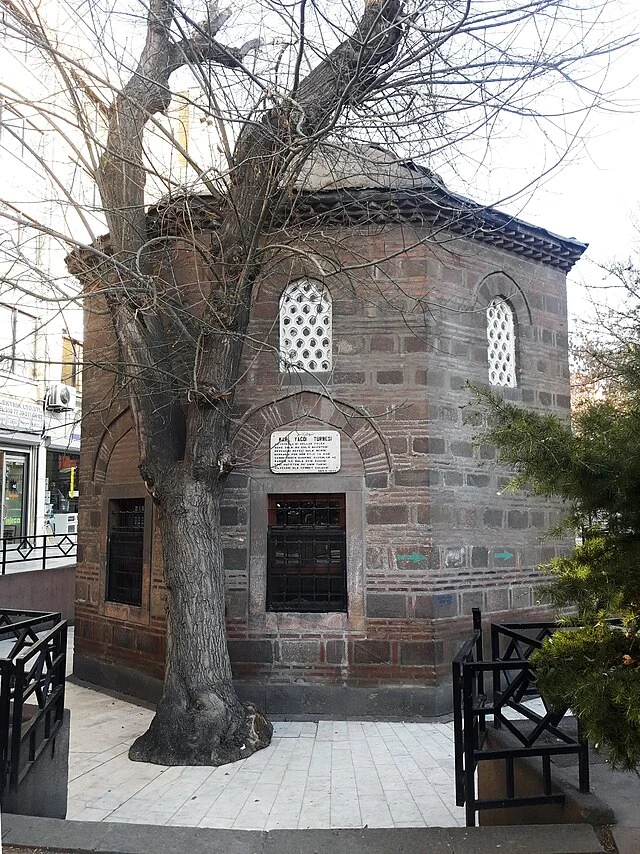The Tomb of Karyağdı Hatun is an important historical site located in Turkey. It is attributed to Karyağdı Hatun, a figure associated with the Seljuk period, likely during the 13th century AD. This tomb, both a structure of cultural and architectural significance, offers valuable insights into the art and burial practices of the Seljuks.
Get your dose of History via Email
Location and Structure

The tomb is located in the region of Aksaray in central Turkey. It is a typical example of the tombs built during the Seljuk era. The structure consists of a square base topped by a conical roof, a common feature in Seljuk architecture. The use of bricks and stones in its construction reflects the architectural style of the period.
Historical Context
Karyağdı Hatun is thought to have been a prominent figure during the Seljuk rule. While specific details about her life are scarce, her tomb remains an important marker of the Seljuk’s commitment to monumental architecture. The Seljuk Empire, which thrived in Anatolia during the 11th and 12th centuries, was known for its architectural innovations, which include elaborate tombs, mosques, and caravanserais.
Architectural Features
The tomb features typical Seljuk architectural elements. Its square base and conical roof are seen in other Seljuk-era structures. Additionally, the tomb’s decoration showcases geometric patterns and inscriptions, which are indicative of the era’s artistic style. The tomb’s façade includes detailed carvings, including Arabic calligraphy, which are often seen in the tombs of prominent figures.
Cultural and Religious Significance
The tomb serves as a symbol of the Seljuk’s cultural and religious values. It highlights the importance of commemorating leaders and prominent figures through monumental architecture. The inclusion of religious symbols and calligraphy within the structure reflects the Islamic influence on the Seljuk architecture. It also showcases the blend of cultural influences present in Anatolia at the time.
Preservation and Current Status
Today, the Tomb of Karyağdı Hatun stands as an important historical monument. It is part of the broader architectural heritage of the region and attracts scholars and tourists alike. Ongoing preservation efforts ensure that the tomb remains a significant site for understanding Seljuk architecture and history.
In conclusion, the Tomb of Karyağdı Hatun is an essential part of Turkey’s historical and architectural landscape. It provides valuable insights into the Seljuk period’s cultural and religious practices, reflecting the era’s unique blend of artistry and architecture. The tomb remains a testament to the lasting legacy of the Seljuk Empire in Anatolia.
Source:

